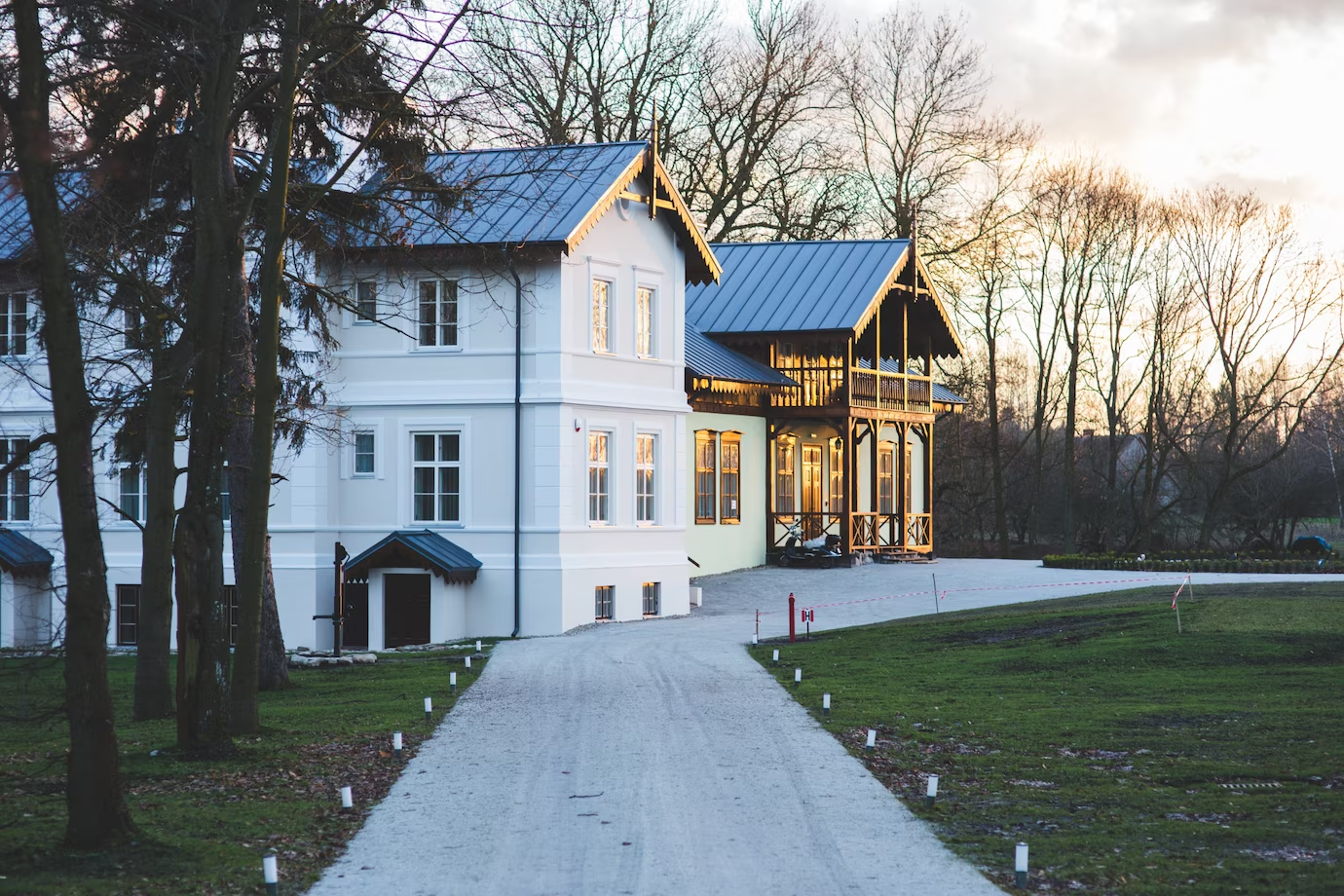The population of Canada has grown to over 40 million people, according to Statistics Canada. This happened because many new immigrants have come to the country as part of the government’s plan to bring in 500,000 people every year by 2025.
Surprisingly, Canada reached the 40-million mark sooner than expected. In 2022 alone, the country welcomed 1.1 million people, most of whom were immigrants staying permanently or temporarily.
According to the latest findings from Statistics Canada, the remarkable achievement is expected to be attained by Friday afternoon in the Eastern Time zone. These findings were derived from the agency’s Population Clock, an advanced model that accurately captures the ongoing growth of Canada’s population in real time.
This is more than double the government’s target of welcoming around 430,000 new permanent residents in the previous year. It was also the first time in history that Canada’s population grew by more than a million in just 12 months. Almost all of this growth, 95.9%, was due to international migration.
To put things into perspective, the population of the United States is approximately 335 million. If Canada continues to welcome immigrants at the current rate, it could have 50 million people in the next two decades. By 2041, two out of every five Canadians could be born in another country.
Among all the provinces in Canada, Ontario is the most populous with almost 15.6 million residents, while Quebec comes in second with 8.8 million.
Michael Donnelly, a professor of political science at the University of Toronto, explains that immigration is crucial for Canada for various reasons. One of them is the need to increase the working population, as the people working today are supporting the pensions of those who have retired. Newcomers are also essential to fill labor shortages, contribute to the economy, and support Canada’s public pension program.
However, a growing population also poses challenges in terms of infrastructure and housing. Last year, the Canada Mortgage and Housing Corporation (CMHC) stated that the country needs to build 3.5 million more homes than currently projected in order to make housing affordable again.
Nathanael Lauster, a sociology professor at the University of British Columbia, believes that immigration can actually help address the housing issue. He explains that one of the reasons for the housing shortage is a lack of labor supply, and immigrants can help alleviate this problem.
According to Statistics Canada, the country’s population is expected to reach 40 million on June 16th, just before noon. Anil Arora, the chief statistician of Statistics Canada, sees this milestone as an exciting indication that Canada remains a dynamic and welcoming country with lots of potential.
Canada’s population growth has gone through various changes in recent decades. In the 20th century, many immigrants came to the country, with over 400,000 arriving in 1913. This record stood until 2021 when it was finally broken.
The following year marked the first time in Canada’s history that the population grew by more than a million people in a single year. The growth rate of 2.7% was the highest since 1957, during the post-war baby boom when the country’s population grew by over 3.3%. In 1956, a significant number of immigrants came to Canada due to the Hungarian Revolution. Nowadays, almost all of Canada’s population growth is driven by immigrants, with 95.9% of the growth in 2022 coming from newcomers. This puts Canada’s population growth among the top 20 in the world.
Suzanne Huot, an assistant professor at the University of British Columbia, believes that the government’s plan to increase immigration will help fill job vacancies and balance out Canada’s aging population. She emphasizes that all political parties agree on the importance of immigration for the country’s progress.
However, Huot acknowledges that a growing population presents challenges. Alongside the issue of unaffordable housing, governments need to invest more in social infrastructure, such as public transportation, to meet the needs
- How Long Can I Stay in Canada as a Visitor?
- In-Depth Guide to Finding Part-Time Jobs in Canada
- Must-Have Free Resources for International Students Settling in Canada
- Canada’s Comprehensive Approach: New Immigration Strategies to Reduce Temporary Residents by 2027
- Exciting Changes Ahead for Canada’s Post-Graduation Work Permit Program: What International Students Need to Know














